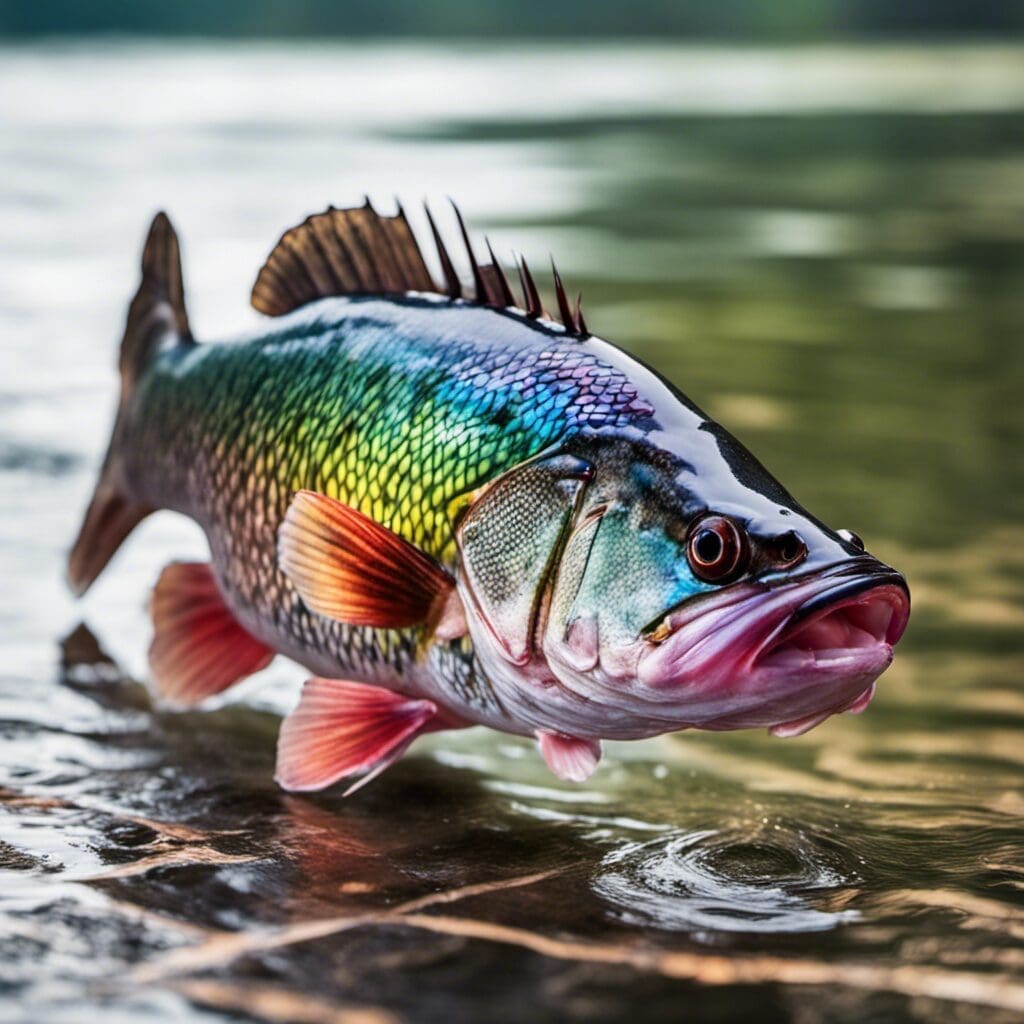The Rainbow Bass, scientifically known as Centropomus undecimalis, belongs to the family of Centropomidae. This fascinating species is primarily known for its brightly colored skin - thus the “rainbow” in its name – and its favored status among anglers due to its vigor and fight.
Conservation Status
Despite the popularity of Rainbow Bass among anglers, their conservation status is currently not a major concern. They are not listed on any major conservation sites as endangered, threatened, or near threatened. Still, they are subject to regulation by local fishing authorities to ensure sustainable practices.
Statistics
| Attribute | Average | Range |
|---|---|---|
| Length | 20 inches | 8-30 inches |
| Weight | 4-5 lbs | 1-12 lbs |
| Average Lifespan | 12 years | N/A |
Distribution
The Rainbow Bass is primarily found in the rivers and coasts of Central and South America, especially in countries such as Costa Rica, Nicaragua, and Panama. The species does not migrate and generally tends to stay within a small home range.
Habitats
Rainbow Bass thrive in freshwater environments, but can also adapt to brackish waters. They are most commonly found in a depth range of 1-20 meters. These fish prefer tropical climates, with water temperatures ranging between 24 and 30 degrees Celsius.
When and Where to See
Rainbow Bass are most active during the warmer months of the year and are most likely to be seen during the day.
Best Fishing Locations
- Rio San Juan, Nicaragua
- Lake Nicaragua, Nicaragua
- Lake Gatun, Panama
- The Green Coast, Costa Rica
- Rio Colorado, Costa Rica
- Lake Arenal, Costa Rica
[…]
How to Catch
Rainbow Bass are strong fighters and can be a challenge to catch. Anglers often use topwater lures or live bait such as shrimp. Fly fishing is also a popular method. The best times to catch Rainbow Bass are during early morning or late evening when they are more active.
Identification Guide
Rainbow Bass are characterized by a robust body, a silver-blue color, and a powerful, elongated shape. They may be confused with other species like snook due to their similar shape, but the vivid coloration of the Rainbow Bass sets them apart.
Culinary Information
Rainbow Bass is considered a culinary delicacy in many cultures. Its meat is firm and flavorful, with a slightly sweet taste. It’s often grilled or fried and served with rice or vegetables.
Additional Information
Rainbow Bass are ambush predators, using their powerful bodies to burst towards their prey in a fast and furious attack. Natural predators are few due to its size and strength, but illegal fishing practices pose a threat to the species.
References and Further Reading
For more in-depth information, consider looking into books and online sources that cover the topic of Rainbow Bass in detail, such as “Fishes of the World” by Joseph S. Nelson and “The IGFA’s 101 Freshwater Fishing Tips & Tricks.

